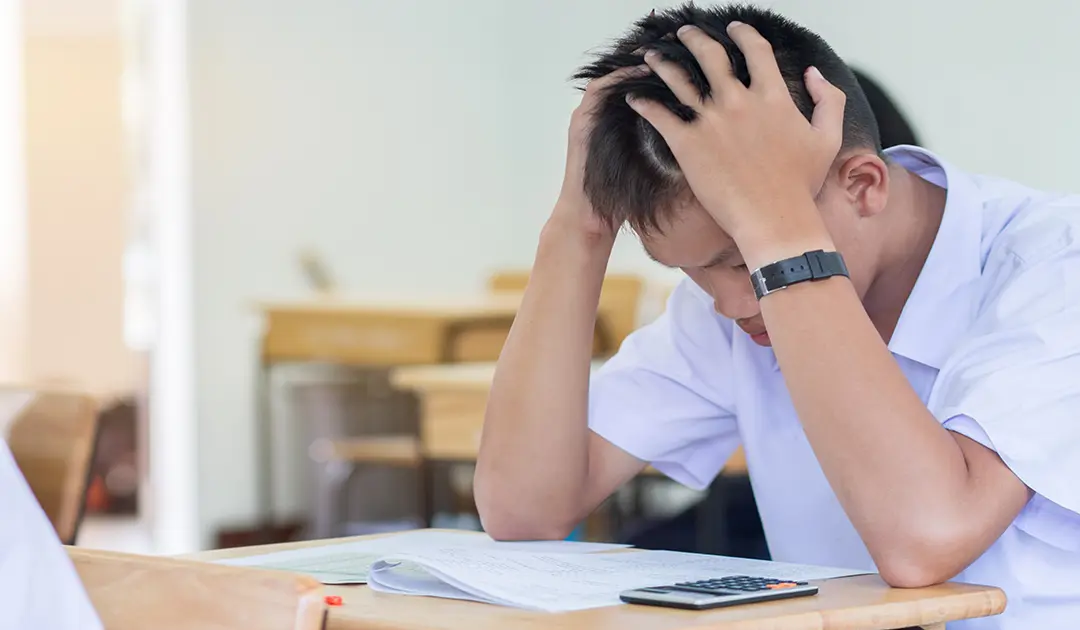Can Isolation Change Student Behaviour?

What are your thoughts on the use of isolation? Do you think it can change negative behaviours in the short-term or long-term? (Anonymous)
A background to isolation
Firstly, we must recognise that nobody ever gave schools permission to use isolation rooms/booths, it has been plucked from a more authoritarian time in history and brought forward into the present day and no one has questioned their place.
Interestingly when young people are in custody the maximum time that you’re allowed to be locked in your cell in segregation is three hours. This is important to keep in mind when we look at schools who very often leave children in isolation for three days.
Furthermore, in many other countries it would not be allowed to put a child in an isolation booth but in the UK, no one has challenged it, schools can create their own regimes of punishment.
Is isolation trauma-informed?
It is important to consider that the children who often end up in isolation are the most vulnerable, they’re the children with additional learning needs, emotional trauma, family difficulties.
We have now plucked them out of a classroom where they were struggling to sit still and listen and now, we are asking them to do the exact behaviour they were struggling to do in the classroom in an isolated area.
As far as we are aware there is no evidence to suggest that using isolation has any positive improvement on the behaviour of these children in the long term.
A time and a place for isolation
An isolation room should be used for no more than 30 minutes, it is not to be used for hours or even days.
Of course, you need a place for pupils to go and calm down or a place for children to be separated. There are good reasons to have a room that you can use to give children a bit of respite and time-out.
However once this extends beyond 30 minutes you must question whether it is doing any good at all.
Most children sit in isolation not considering how they’re going to be superbly behaved but they’re furious and when they have dealt with the fury, they start to undermine the system by turning around, trying to talk to other students, they begin to engage in the exact same behaviours that they were in the classroom.
The power of withdrawing someone from a classroom is in that short-term shock. It’s pulling them out of the classroom, this lets them know their behaviour is unacceptable.
There is a benefit to that but there is no benefit in the short, medium, or long term to modify behaviour.
In fact, we find it makes children stick their heels in and refuse even more and it can break relationships between staff.
For more information on the Classroom Culture train the trainer programme, our Hearts & Minds INSET, or how your school can get a Behaviour Health Check, go to our Classroom Culture programme page and fill in the consultation form.
For more answers to your questions see our Q&A introduction page.